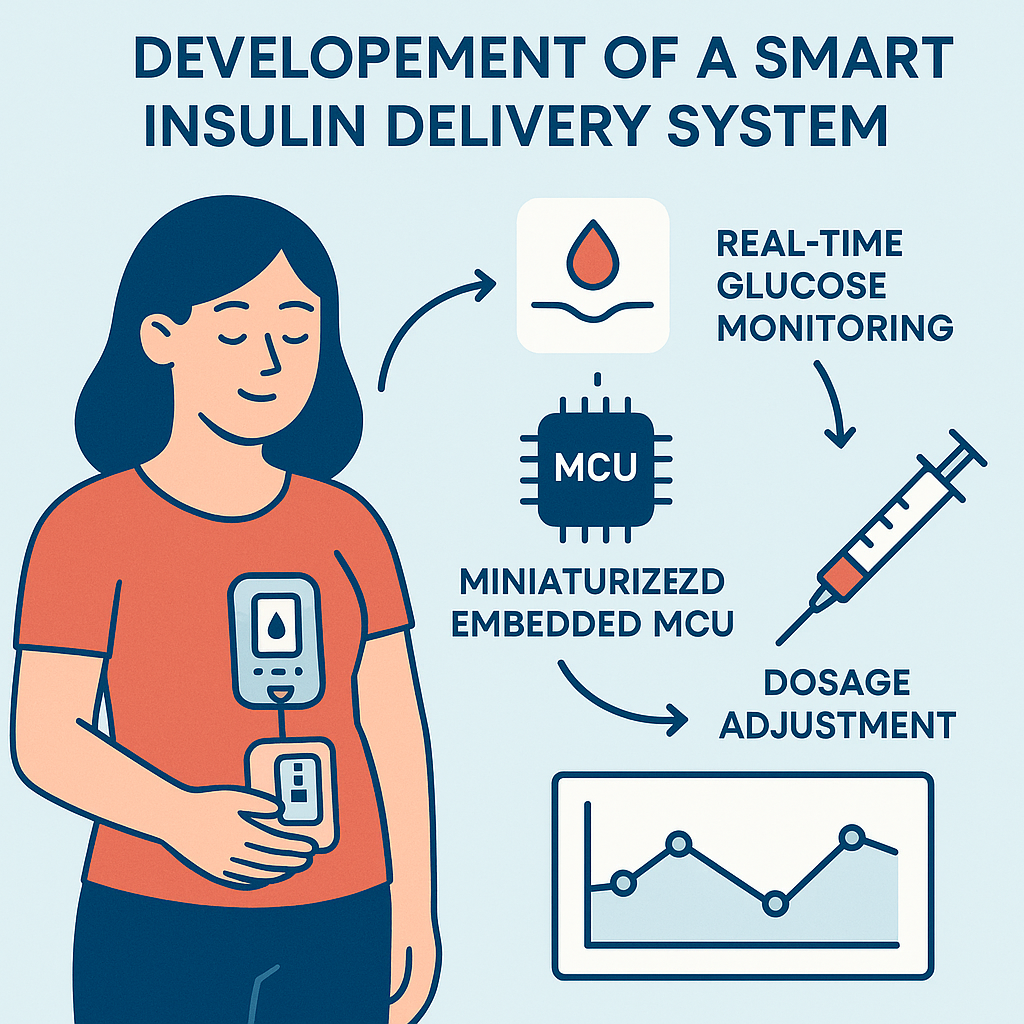Introduction
Diabetes management has seen significant advancements in technology, particularly with the development of smart insulin delivery systems. These innovative solutions utilize miniaturized embedded microcontroller units (MCUs) to facilitate real-time glucose monitoring and dosage adjustments. This blog post will explore the intricacies of such systems, their components, and their impact on diabetes care.
What is a Smart Insulin Delivery System?
A smart insulin delivery system is an automated mechanism designed to administer insulin based on real-time glucose levels. These systems aim to mimic the natural insulin response of a healthy pancreas, thereby improving glycemic control and reducing the risk of complications associated with diabetes.
Key Components
- Miniaturized Embedded MCU: The heart of the smart system, responsible for processing data from glucose sensors and determining insulin delivery.
- Continuous Glucose Monitoring (CGM) Sensors: Used to measure glucose levels in real-time, providing data that the MCU processes.
- Insulin Pump: Delivers the appropriate amount of insulin as determined by the MCU.
- User Interface: Allows users to monitor their glucose levels, insulin delivery, and receive alerts.
How It Works
The operation of a smart insulin delivery system can be broken down into several steps:
- Glucose Monitoring: CGM sensors continuously track glucose levels in the interstitial fluid.
- Data Processing: The embedded MCU analyzes the glucose data, calculating the necessary insulin dosage based on preset parameters.
- Insulin Delivery: The system automatically adjusts insulin delivery through an insulin pump, either providing a basal rate or bolus doses as needed.
- User Feedback: The user interface displays real-time data, enabling users to make informed decisions about their diabetes management.
Benefits of Smart Insulin Delivery Systems
Implementing a smart insulin delivery system presents numerous advantages for individuals managing diabetes:
- Improved Glycemic Control: By delivering insulin more accurately and responsively, these systems help maintain blood glucose levels within a target range.
- Reduced Hypoglycemia Risks: Real-time monitoring and automated adjustments help mitigate instances of dangerously low blood sugar levels.
- Enhanced Quality of Life: Users experience greater freedom and flexibility in their daily lives, as these systems reduce the burden of constant monitoring and manual insulin administration.
- Data-Driven Insights: Continuous data collection allows for better understanding and management of individual glucose patterns, facilitating personalized diabetes care.
Challenges in Development
While the potential benefits are substantial, several challenges must be addressed in the development of smart insulin delivery systems:
- Accuracy of Sensors: Ensuring that CGM sensors provide reliable and accurate glucose readings is crucial for effective insulin delivery.
- Miniaturization: Creating compact and efficient MCUs that can perform complex calculations while consuming minimal power is a significant engineering challenge.
- User Acceptance: Educating users about the technology and ensuring ease of use is vital for widespread adoption.
- Data Security: Protecting sensitive health data from unauthorized access is paramount, necessitating robust cybersecurity measures.
Future Directions
The future of smart insulin delivery systems is promising, with ongoing research and development focused on enhancing their functionality:
- Integration with Artificial Intelligence: AI algorithms can further improve glucose prediction and insulin dosing accuracy by learning from user data over time.
- Wearable Technology: The development of wearable devices that combine CGM and insulin delivery in one compact unit will enhance user experience.
- Telemedicine Integration: Enabling remote monitoring and consultation can provide users with additional support and guidance from healthcare professionals.
Conclusion
The development of smart insulin delivery systems utilizing miniaturized embedded MCUs represents a significant leap forward in diabetes management. With their ability to provide real-time glucose monitoring and automatic dosage adjustments, these systems offer numerous benefits, including improved glycemic control and enhanced quality of life for users. As technology continues to evolve, addressing the challenges in accuracy, miniaturization, and user acceptance will be crucial in realizing the full potential of these innovative solutions. The future holds exciting possibilities for smarter, more effective diabetes management tools that empower individuals to take control of their health.



